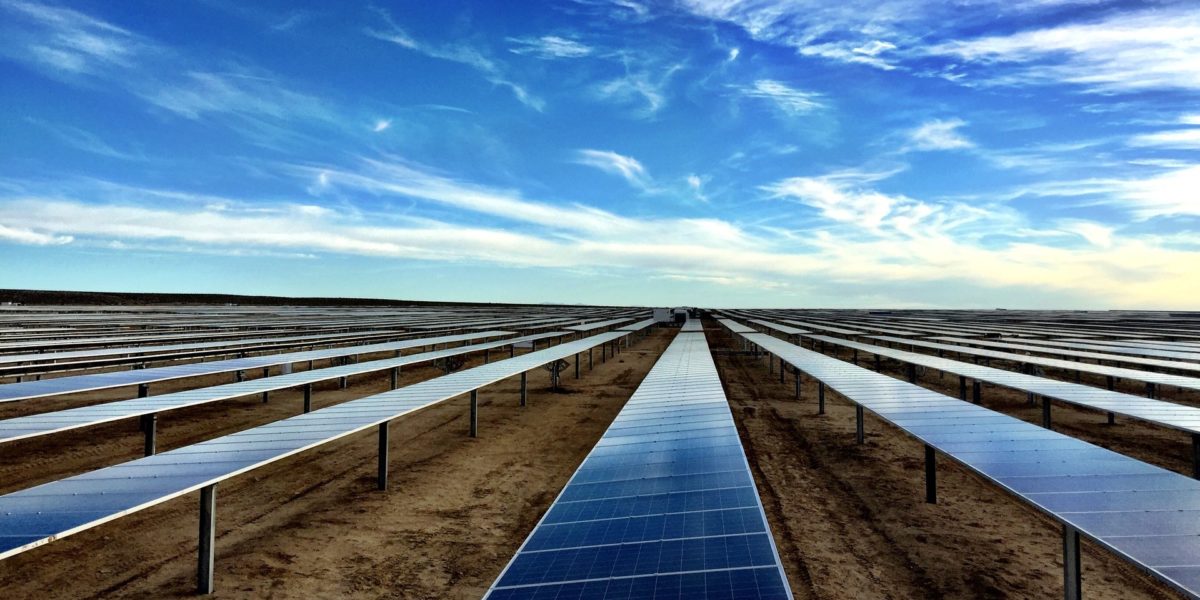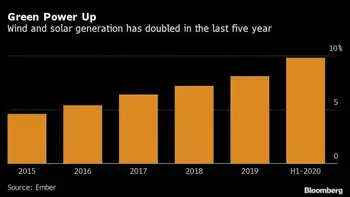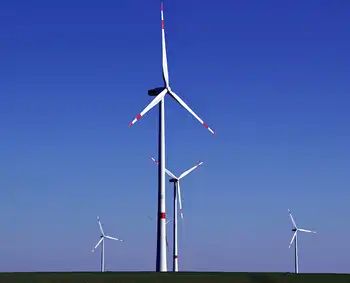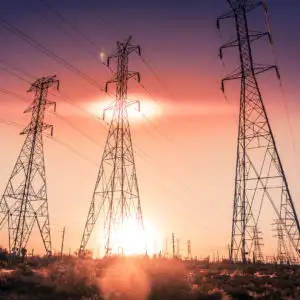Canada to beat U.S. to carbon storage
By Greentech Media
Protective Relay Training - Basic
Our customized live online or in‑person group training can be delivered to your staff at your location.

- Live Online
- 12 hours Instructor-led
- Group Training Available
Saskatchewan Power Corp., the primary utility serving the Canadian province of Saskatchewan, said it is soliciting project proposals to demonstrate carbon-capture technology as part of a plan to retrofit one of the six power-generation units at a coal-fired plant.
The Boundary Dam Integrated Carbon Capture and Sequestration Demonstration Project seeks to harvest carbon-dioxide emissions and ship them to nearby oil fields for use in extracting oil from hard-to-reach reservoirs deep inside the Earth.
The project, if carried out as planned, would mark the first time carbon-capture technology is used at a working coal-fired power plant in North America. About half of the electricity generated in the United States comes from coal-fired power plants, according to the U.S. Energy Information Administration. Coal makes up much less of Canada's energy generation – 16.5 percent, according to the country's National Energy Board.
The news comes after a U.S. project to build a new 275-megawatt power plant equipped with carbon-capture and storage technology stumbled last December. After years of development on the project, the U.S. Department of Energy had said it had serious concerns about the project's growing cost, which was pegged at $1.5 billion (see DOE Pulls Back on FutureGen's Reins). The DOE had been expected to cover over 74 percent of the cost.
The DOE has since restructured the FutureGen project and now plans to invest $1.3 billion to equip new coal-fired power plants with carbon capture-and-storage technology.
The project by Saskatchewan Power, also known as SaskPower, includes retrofitting the 100-megawatt power-generation unit, adding carbon-capture technology and building oil-field infrastructure. It is expected to cost a total of $1.4 billion, SaskPower said. The utility plans to shoulder $760 million of the cost while receiving $240 million from the Canadian government.
The utility plans to raise the remaining $400 million from oil businesses that would benefit from the project. SaskPower intends to generate revenues by selling the carbon dioxide to oil-field operators, but has yet to sign any carbon-dioxide sales contracts.
Max Ball, the project manager, said earlier this week that the carbon-capture technology selected by the utility will reduce carbon-dioxide emissions at the power plant by 1 million tons per year, Bloomberg reported.
SaskPower, which has already received regulatory approval to begin engineering the project, plans to select a winning carbon technology next year. Construction is scheduled to begin in 2011. The renovated power-generation unit is expected to begin operating in 2013 and become fully operational by 2015. SaskPower previously proposed building a $1.5 billion, 300-megawatt coal-fired plant equipped with carbon-capture technology. In 2006, the utility said it was planning to work with Babcock & Wilcox Canada and Air Liquide to develop the carbon-capture technology.
But the high cost and the fast-growing demand for electricity led the utility to settle on building a natural gas-fired plant instead, according to the National Energy Board.
The National Energy Board also said that environmental concerns, in particular greenhouse-gas emissions, are likely to limit the growth of coal-fired power plants in the country, leading to an estimated 10 gigawatts of power-generation capacity by 2030. The capacity in Saskatchewan is expected to decline to about 1.49 gigawatts, or 30.7 percent, of the total capacity.











